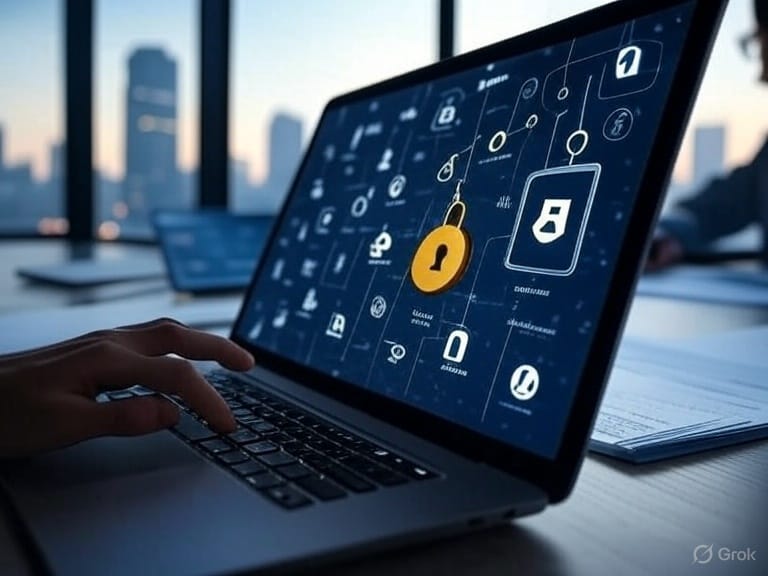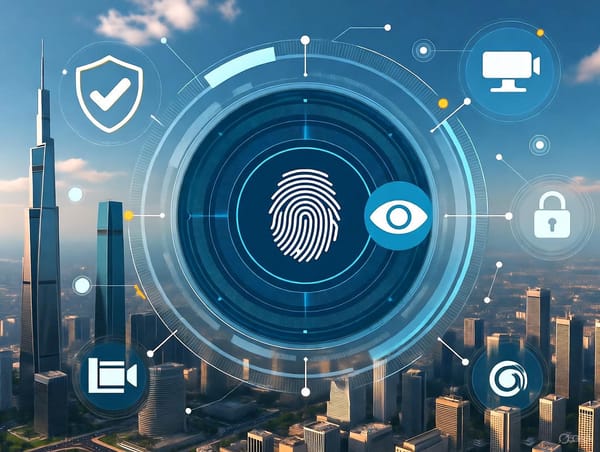Phishing
Phishing scams, including spear phishing, vishing, and smishing, exploit trust to steal sensitive information, but staying vigilant and using tools like 2FA can keep you safe in the evolving digital landscape.

Imagine opening an email from your boss asking you to share your login details urgently—or getting a text claiming your bank account is frozen. These aren’t just annoyances; they’re phishing scams, clever tricks cybercriminals use to steal your sensitive information or hack into your devices. Today, phishing attacks are more sophisticated than ever, leveraging AI and personal data to fool even the savviest users. This guide breaks down phishing, its sneaky variants, and how to stay one step ahead.
What Is Phishing?
Phishing is when cybercriminals pose as trusted sources—your bank, a colleague, or even a government agency—to trick you into sharing confidential details like passwords, credit card numbers, or Social Security numbers. Most phishing attacks arrive via email, but they can also come through texts, phone calls, or even social media.
These scams often use urgent language ("Act now or your account will be locked!") or fake legitimacy (logos, official-looking email addresses) to push you into clicking malicious links, downloading harmful attachments, or entering sensitive information on fake websites.
Types of Phishing to Watch For
Spear Phishing: The Personalized Trap
Unlike broad phishing attacks that spam thousands, spear phishing is a targeted strike. Attackers research you—your job, social media, or recent purchases—to craft a tailored email that feels eerily legit. For example:
- You get an email from “IT” asking you to reset your password due to a “security breach,” complete with your company’s logo and your manager’s name.
- Clicking the link sends you to a fake login page that steals your credentials.
Why it works: It’s personal, detailed, and exploits your trust.
Vishing: The Voice of Deception
Vishing (voice phishing) happens over the phone. Scammers might call pretending to be from your bank, the IRS, or even your internet provider, using fear tactics to extract information. For instance:
- A caller claims your account is compromised and demands your PIN to “secure” it.
- With AI-generated voices, these calls can sound uncannily like real people.
Why it works: The urgency and authority in the caller’s voice can override your skepticism.
Smishing: Text Message Trickery
Smishing (SMS phishing) uses text messages to lure you into traps. You might get a text saying, “Your package is delayed—click here to reschedule delivery.” The link leads to a fake site that steals your data.
Why it works: Texts feel personal, and we often trust them more than emails.
Phishing’s Bigger Picture: Social Engineering
Phishing is part of a broader tactic called social engineering, where attackers exploit human trust, fear, or curiosity to bypass even the best security systems. Why hack a network when you can trick someone into handing over the keys? By mimicking familiar faces or urgent situations, cybercriminals turn your instincts against you.
How to Protect Yourself
Staying safe requires vigilance and a few smart habits. Here’s your phishing defense toolkit:
- Verify the Source: Check email addresses or phone numbers closely. For example, “[email protected]” might actually be “support@yourbаnk.com” (note the sneaky “а”). When in doubt, call the organization using a verified number from their official website.
- Pause Before You Click: Hover over links to see their true destination (e.g., a suspicious URL like “bank-login.ru”). Avoid downloading attachments from unknown senders.
- Spot Red Flags: Look for typos, generic greetings (“Dear Customer”), or high-pressure phrases like “Act immediately!”
- Use Security Tools:
- Enable two-factor authentication (2FA) on your accounts for an extra layer of protection.
- Install anti-phishing browser extensions like uBlock Origin or Bitdefender Anti-Phishing.
- Use email filters to flag suspicious messages.
- Stay Educated: Follow cybersecurity news to sharpen your scam-spotting skills.
- Report Suspicious Activity: Report phishing emails when possible.
Pro Tip: If you get a weird call or text, don’t engage—hang up or delete it, then verify through official channels.
Why It Matters
Phishing is evolving fast. AI tools now craft hyper-realistic emails, deepfake voices mimic trusted contacts, and smishing scams exploit real-time data like your recent Amazon orders. A single slip-up can lead to stolen identities, drained bank accounts, or compromised company networks. By staying skeptical and informed, you’re not just protecting yourself—you’re helping secure the digital world.
Take Action Today
Don’t wait to become a victim. Test your phishing knowledge with an online quiz, enable 2FA on your key accounts, and share this guide with friends or coworkers. Together, we can outsmart the scammers.





